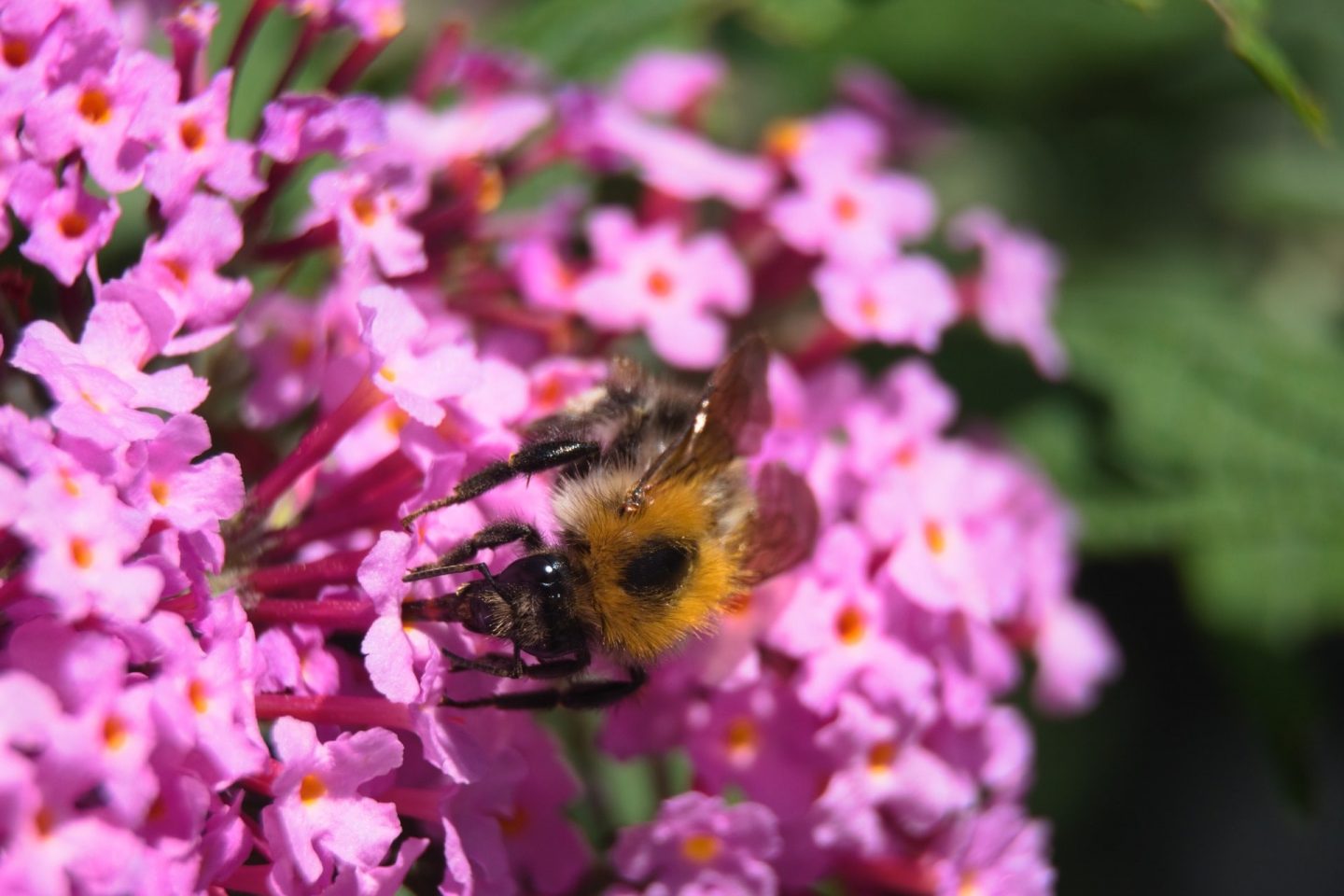

Sound is something we are aware - even when we are not aware that we are aware of it! Sound forms a huge part of how our brains build a picture of the environment we are in. It has a big effect on how relaxed and at ease we are - for some people, blocking out unwelcome sounds is an important part of creating an enjoyable garden.
When we’re outside surrounded by nature and we hear the birds tweeting or the grass rustling in the breeze, these sights and sounds have a tangible effect on us and uplift our spirits.
David Domoney, TV gardener and Thrive ambassador
Listening activities are a good way of feeling calm and tuning in to your environment. We may not be able to control a lot of the external sounds that come into our garden. We can create, however, add our own sounds to help us shape the experience of our gardens.

There are many ways to bring sound features into our gardens. Here are some to explore:
Noisy footsteps
Your own movement around your garden can create pleasing sounds. The hard materials you choose can make a difference to the sounds you make as you walk around. For example:
You could add crunchy gravel, slate chippings or stones of different sizes to a large area of your garden. You could also use them to fill in empty spaces between flower beds, or create a little path.
Adding water

Water features can be an attractive addition to any garden. They are particularly useful in sensory gardens as they appeal to multiple senses. You can touch and feel the flow of the water, watch as the water moves and listen to its sound.
Water features don’t have to be expensive. There are plenty of inexpensive options available along.
If you have a big garden, you could create a pond or have a fountain. But you don't need a large garden to add water. There are lots of water features available that would fit a small patio garden or balcony. You can also find solar powered ones, which avoids needing a power source in the garden.
Attracting wildlife

Birds, bees and butterflies make a garden so much more enjoyable and are essential for sensory stimulation. Birdsong is one of the most calming and uplifting noises for people to listen to.
Attract birds to your garden by adding a bird feeder, plus bird bath and nesting box if you can.
If you don't have a garden, you might be able to fix a bird box to the wall of your home. This will allow you to enjoy watching and listening to winged visitors from your window.
Bees can also create a lovely natural background hum. They are easy to attract with the right plants, such as native wildflowers. Read our guide to bee friendly plants for more suggestions.
Wind chimes
Wind chimes can make a distinct and beautiful addition to your garden sound design. You can buy ready-made wind chimes, or you could create your own.
Wind chimes can be made of a variety of materials which all produce slightly different tones and sounds. Wooden tubes, rods and bells are often used to make wind chimes for outdoor use.
A good place for wind chimes is a small, secluded area of the garden away from your house. This way they can respond to the wind without disturbing the rest of the garden. This could be a great place for a seating area. You can sit in peace and enjoy the music created by the wind chimes and the rustling of the garden.
‘Noisy’ plants
The rustle of leaves is one of the loveliest pieces of the natural soundscape. Leafy plants such as bamboo and ornamental grasses create a soothing, rustling sound in the wind.
Bamboo works particularly well in a sensory garden. Its pretty foliage whispers in the wind while its stems knock together, creating a hollow sound. Larger bamboo canes are also great for making wind chimes with.
